Anil Madhavapeddy
Bifröst: Spatial Networking with Bigraphs
Jul 30, 2025Abstract:Modern networked environments increasingly rely on spatial reasoning, but lack a coherent representation for coordinating physical space. Consequently, tasks such as enforcing spatial access policies remain fragile and manual. We first propose a unifying representation based on bigraphs, capturing spatial, social, and communication relationships within a single formalism, with user-facing tools to generate bigraphs from physical environments. Second, we present a hierarchical agent architecture for distributed spatial reasoning, with runtimes for agentic processes to interact the spatial representation, and a context-aware execution model that scopes reasoning to the smallest viable subspace. Together, these enable private, reliable, and low-latency spatial networking that can safely interact with agentic workflows.
Energy-Aware Deep Learning on Resource-Constrained Hardware
May 18, 2025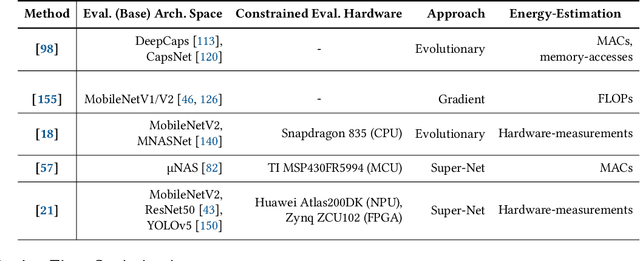
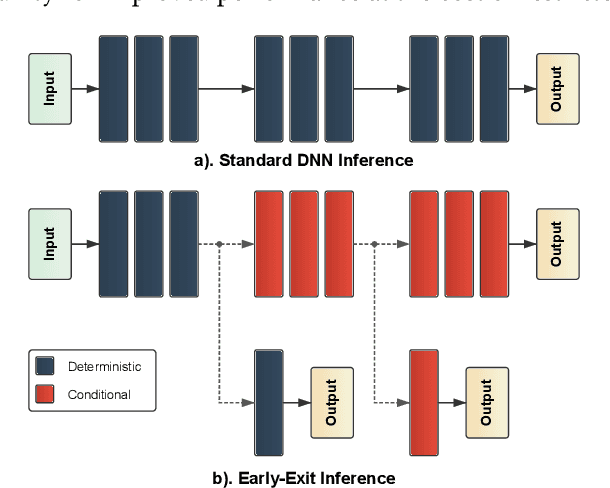
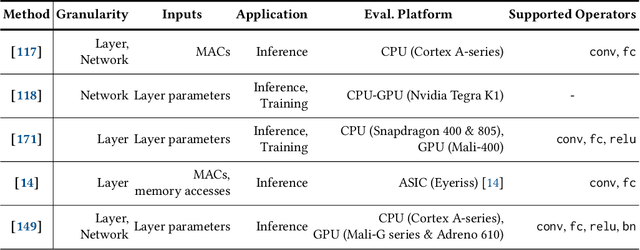
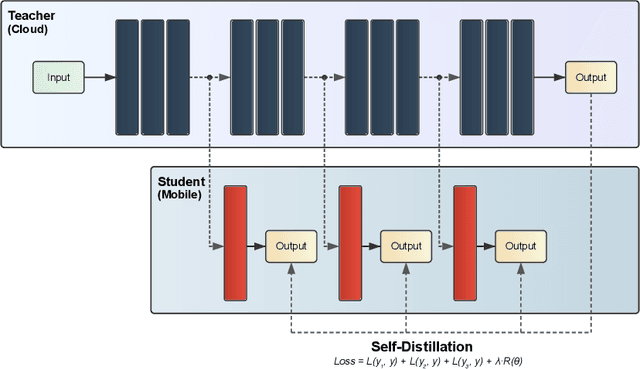
Abstract:The use of deep learning (DL) on Internet of Things (IoT) and mobile devices offers numerous advantages over cloud-based processing. However, such devices face substantial energy constraints to prolong battery-life, or may even operate intermittently via energy-harvesting. Consequently, \textit{energy-aware} approaches for optimizing DL inference and training on such resource-constrained devices have garnered recent interest. We present an overview of such approaches, outlining their methodologies, implications for energy consumption and system-level efficiency, and their limitations in terms of supported network types, hardware platforms, and application scenarios. We hope our review offers a clear synthesis of the evolving energy-aware DL landscape and serves as a foundation for future research in energy-constrained computing.
Benchmarking Ultra-Low-Power $μ$NPUs
Mar 28, 2025



Abstract:Efficient on-device neural network (NN) inference has various advantages over cloud-based processing, including predictable latency, enhanced privacy, greater reliability, and reduced operating costs for vendors. This has sparked the recent rapid development of microcontroller-scale NN accelerators, often referred to as neural processing units ($\mu$NPUs), designed specifically for ultra-low-power applications. In this paper we present the first comparative evaluation of a number of commercially-available $\mu$NPUs, as well as the first independent benchmarks for several of these platforms. We develop and open-source a model compilation framework to enable consistent benchmarking of quantized models across diverse $\mu$NPU hardware. Our benchmark targets end-to-end performance and includes model inference latency, power consumption, and memory overhead, alongside other factors. The resulting analysis uncovers both expected performance trends as well as surprising disparities between hardware specifications and actual performance, including $\mu$NPUs exhibiting unexpected scaling behaviors with increasing model complexity. Our framework provides a foundation for further evaluation of $\mu$NPU platforms alongside valuable insights for both hardware designers and software developers in this rapidly evolving space.
Terracorder: Sense Long and Prosper
Aug 05, 2024Abstract:In-situ sensing devices need to be deployed in remote environments for long periods of time; minimizing their power consumption is vital for maximising both their operational lifetime and coverage. We introduce Terracorder -- a versatile multi-sensor device -- and showcase its exceptionally low power consumption using an on-device reinforcement learning scheduler. We prototype a unique device setup for biodiversity monitoring and compare its battery life using our scheduler against a number of fixed schedules; the scheduler captures more than 80% of events at less than 50% of the number of activations of the best-performing fixed schedule. We then explore how a collaborative scheduler can maximise the useful operation of a network of devices, improving overall network power consumption and robustness.
Enhancing the Security & Privacy of Wearable Brain-Computer Interfaces
Jan 19, 2022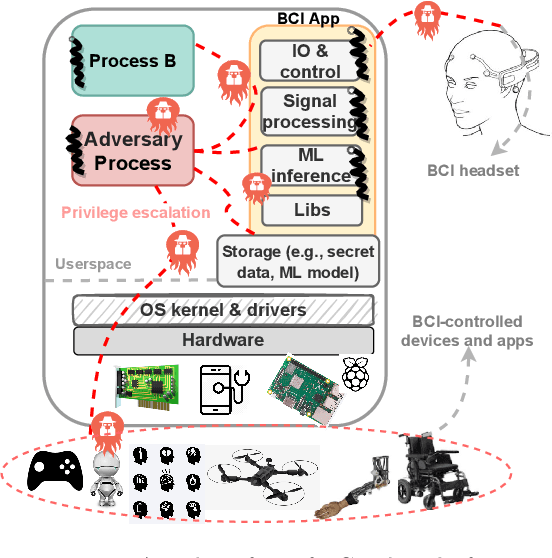

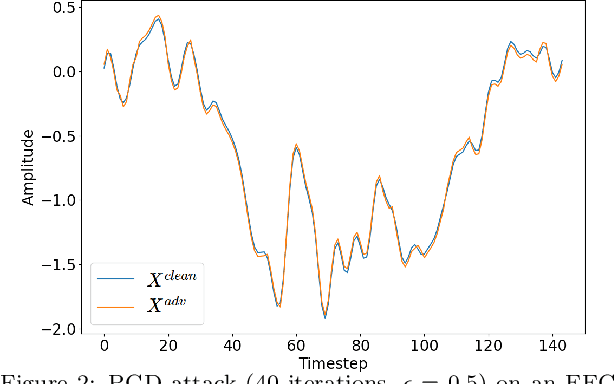
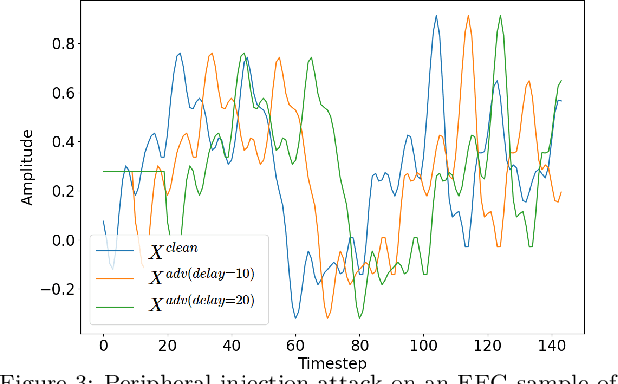
Abstract:Brain computing interfaces (BCI) are used in a plethora of safety/privacy-critical applications, ranging from healthcare to smart communication and control. Wearable BCI setups typically involve a head-mounted sensor connected to a mobile device, combined with ML-based data processing. Consequently, they are susceptible to a multiplicity of attacks across the hardware, software, and networking stacks used that can leak users' brainwave data or at worst relinquish control of BCI-assisted devices to remote attackers. In this paper, we: (i) analyse the whole-system security and privacy threats to existing wearable BCI products from an operating system and adversarial machine learning perspective; and (ii) introduce Argus, the first information flow control system for wearable BCI applications that mitigates these attacks. Argus' domain-specific design leads to a lightweight implementation on Linux ARM platforms suitable for existing BCI use-cases. Our proof of concept attacks on real-world BCI devices (Muse, NeuroSky, and OpenBCI) led us to discover more than 300 vulnerabilities across the stacks of six major attack vectors. Our evaluation shows Argus is highly effective in tracking sensitive dataflows and restricting these attacks with an acceptable memory and performance overhead (<15%).
 Add to Chrome
Add to Chrome Add to Firefox
Add to Firefox Add to Edge
Add to Edge